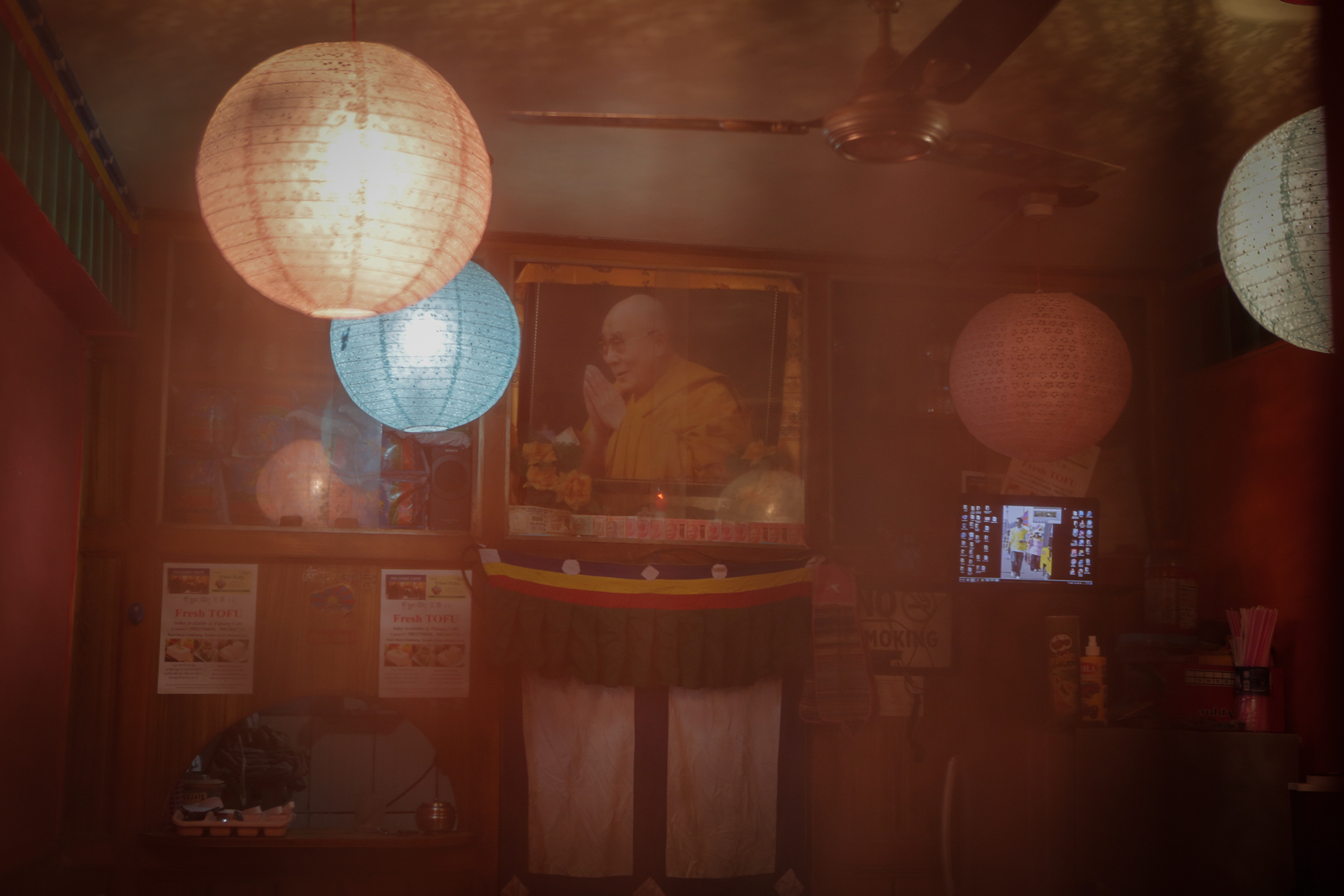


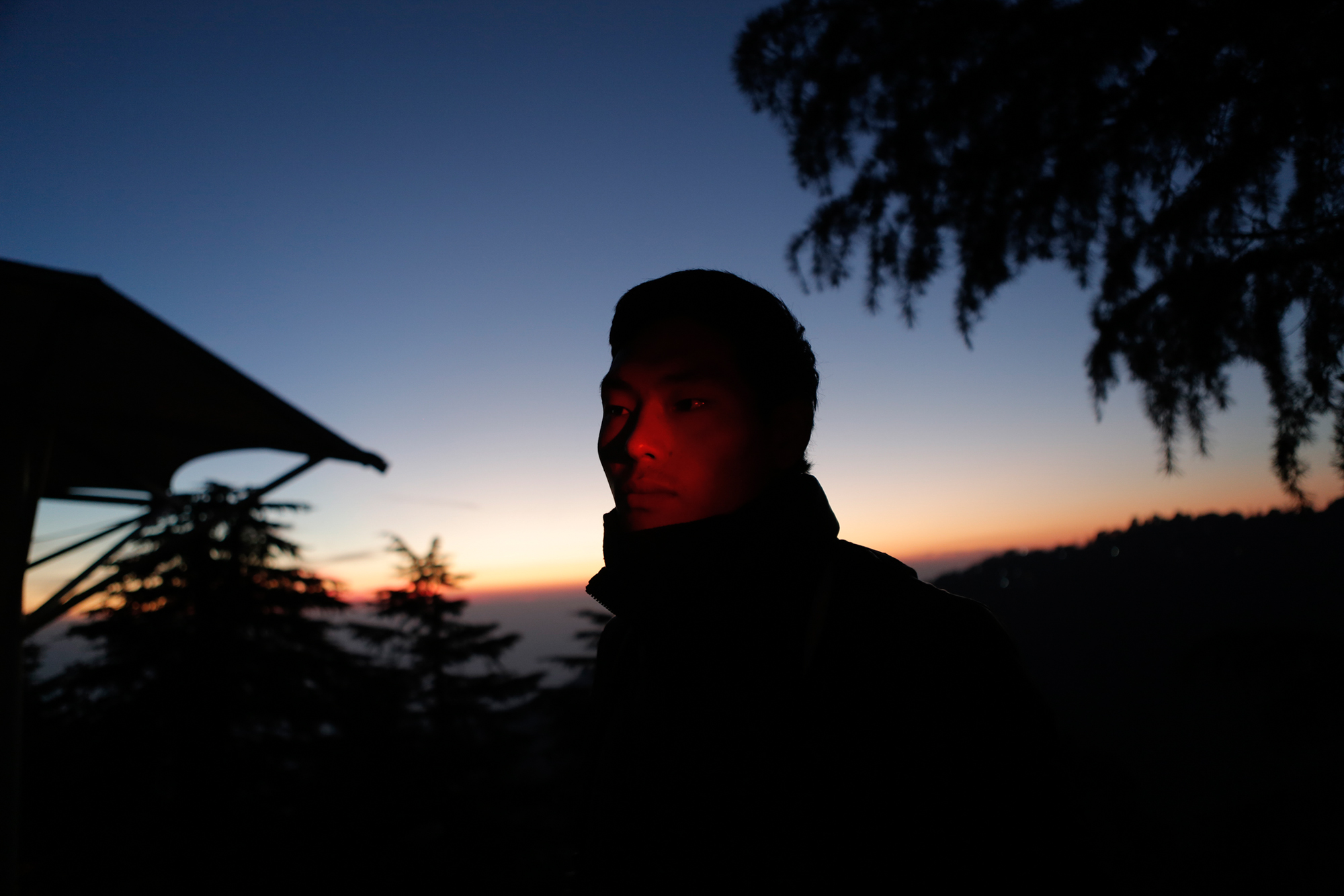
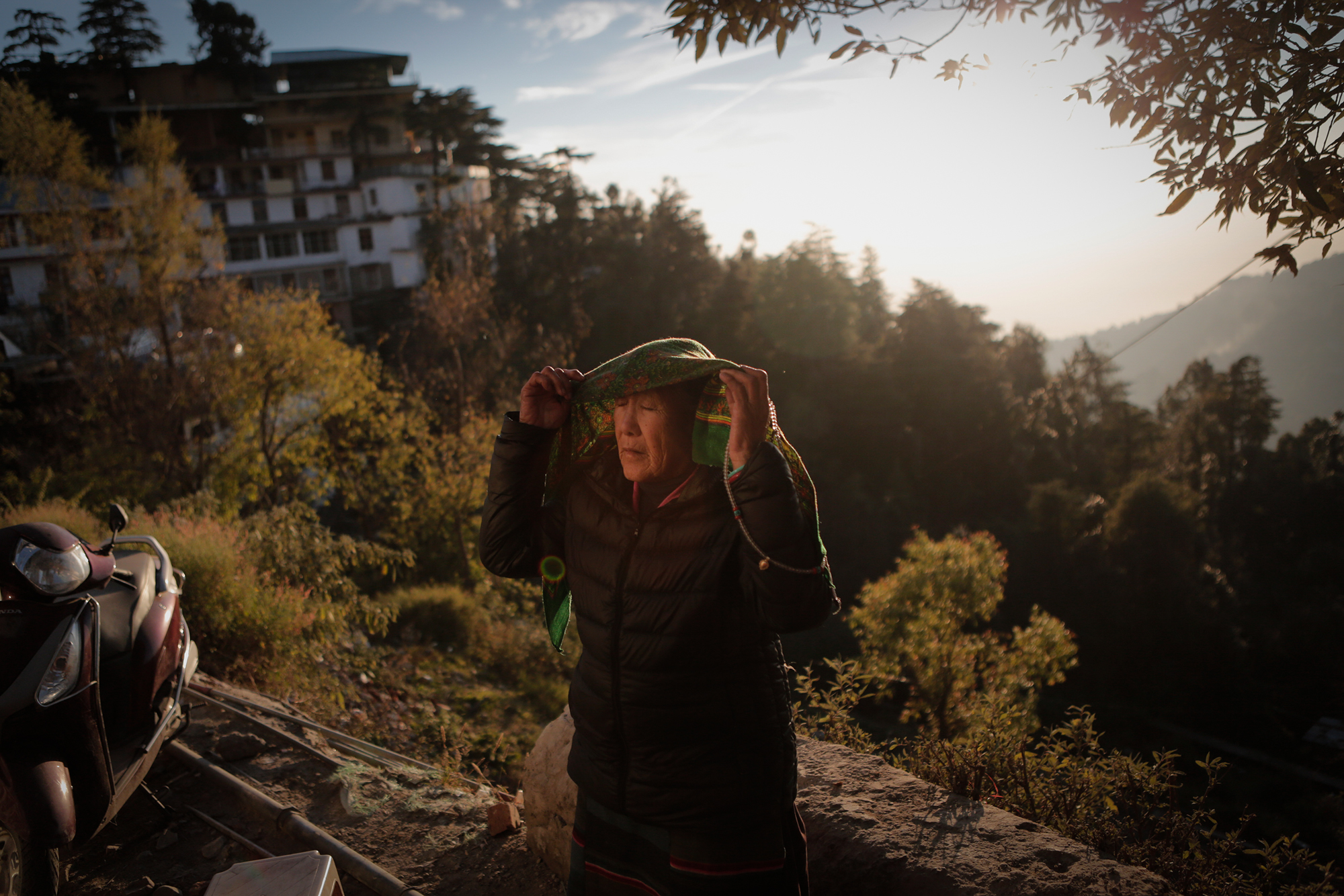

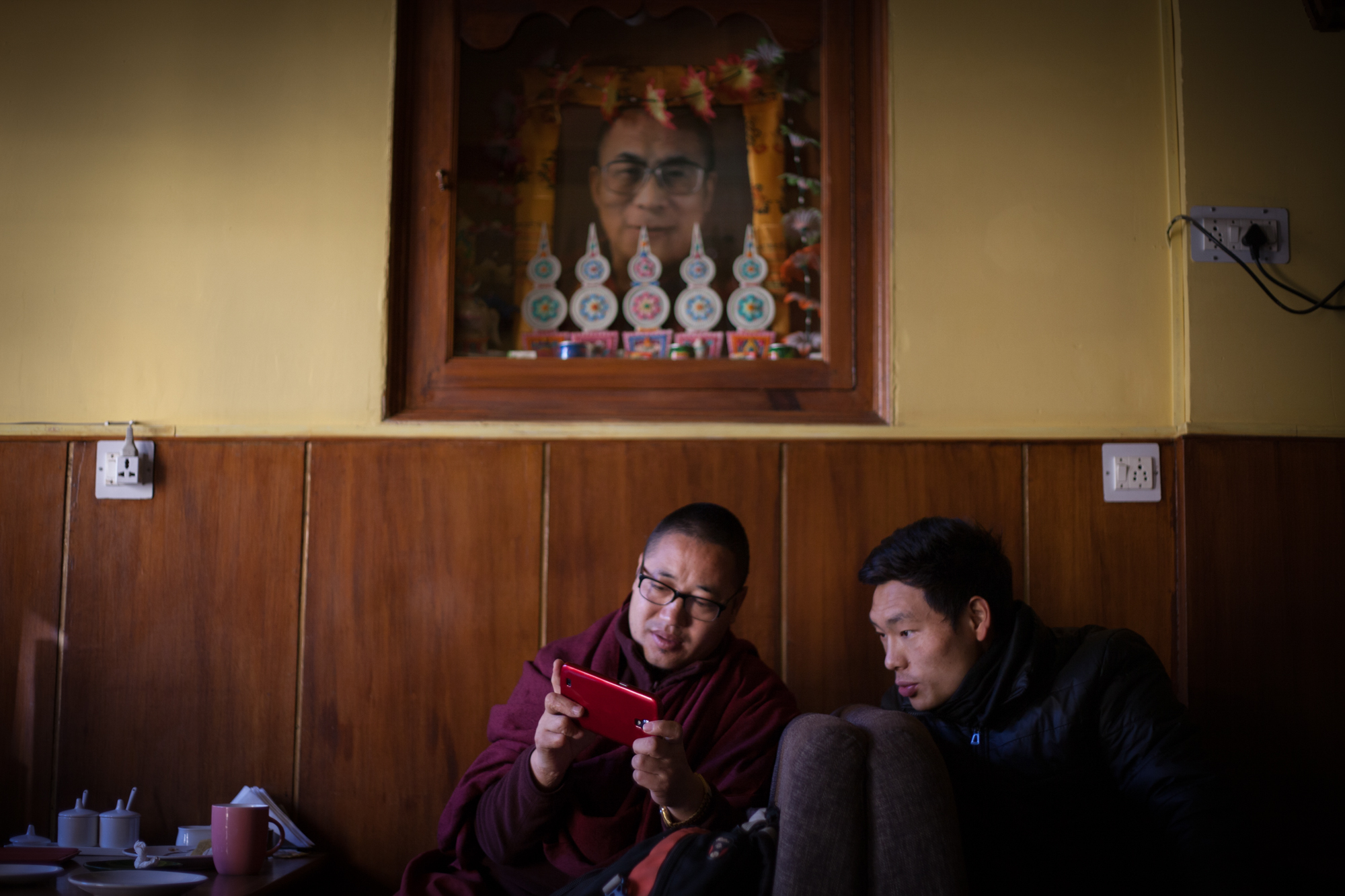
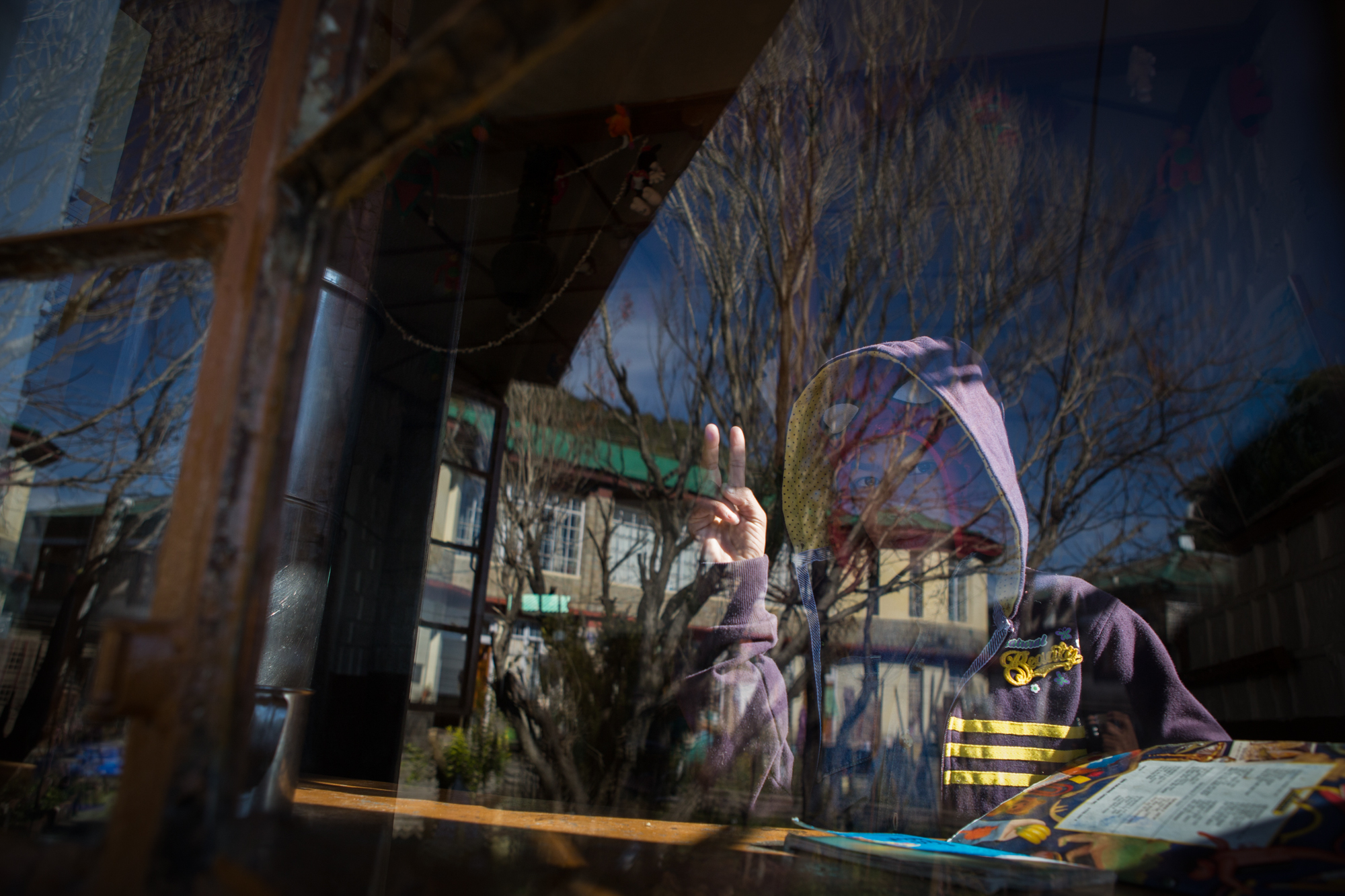
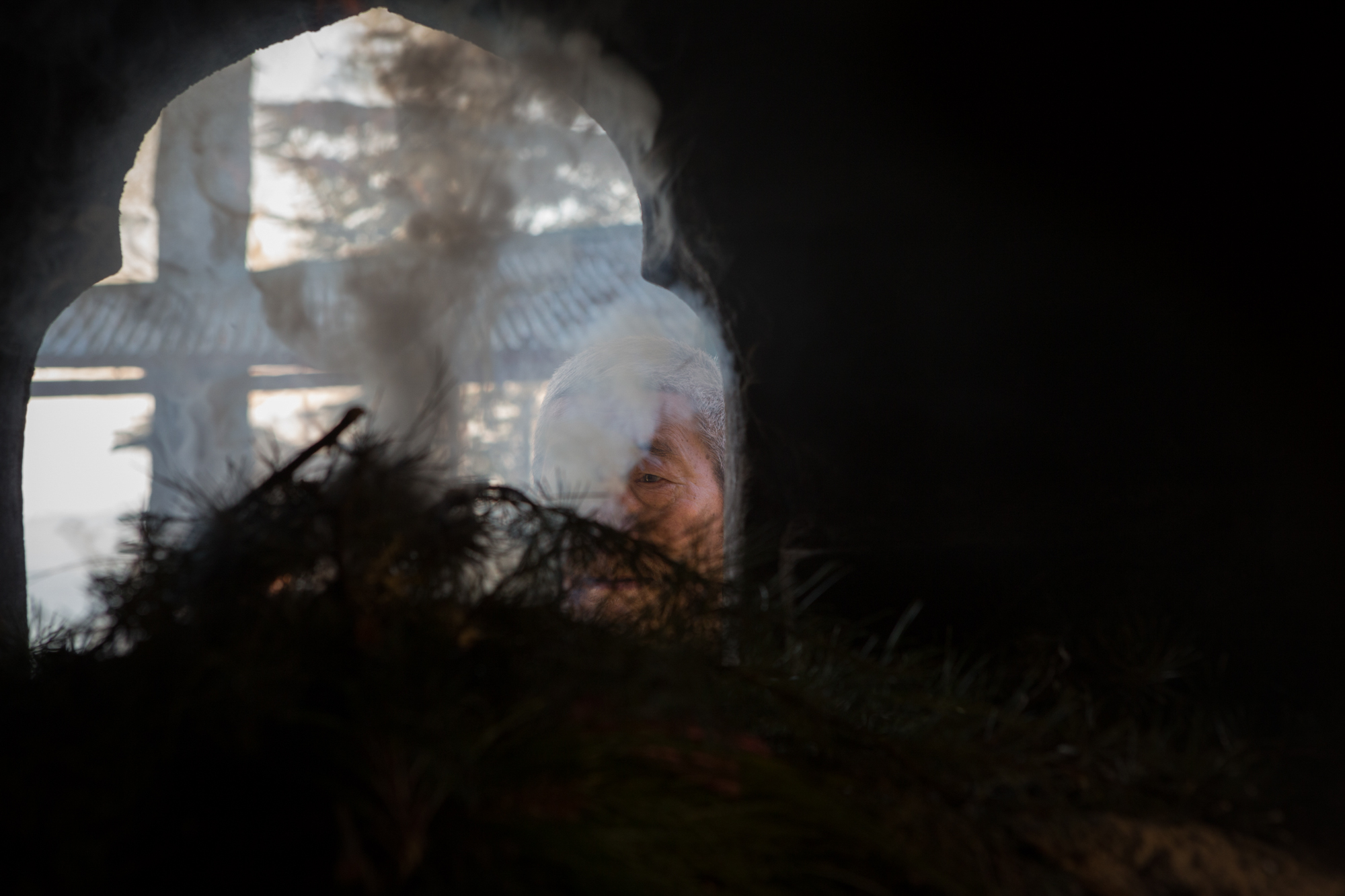
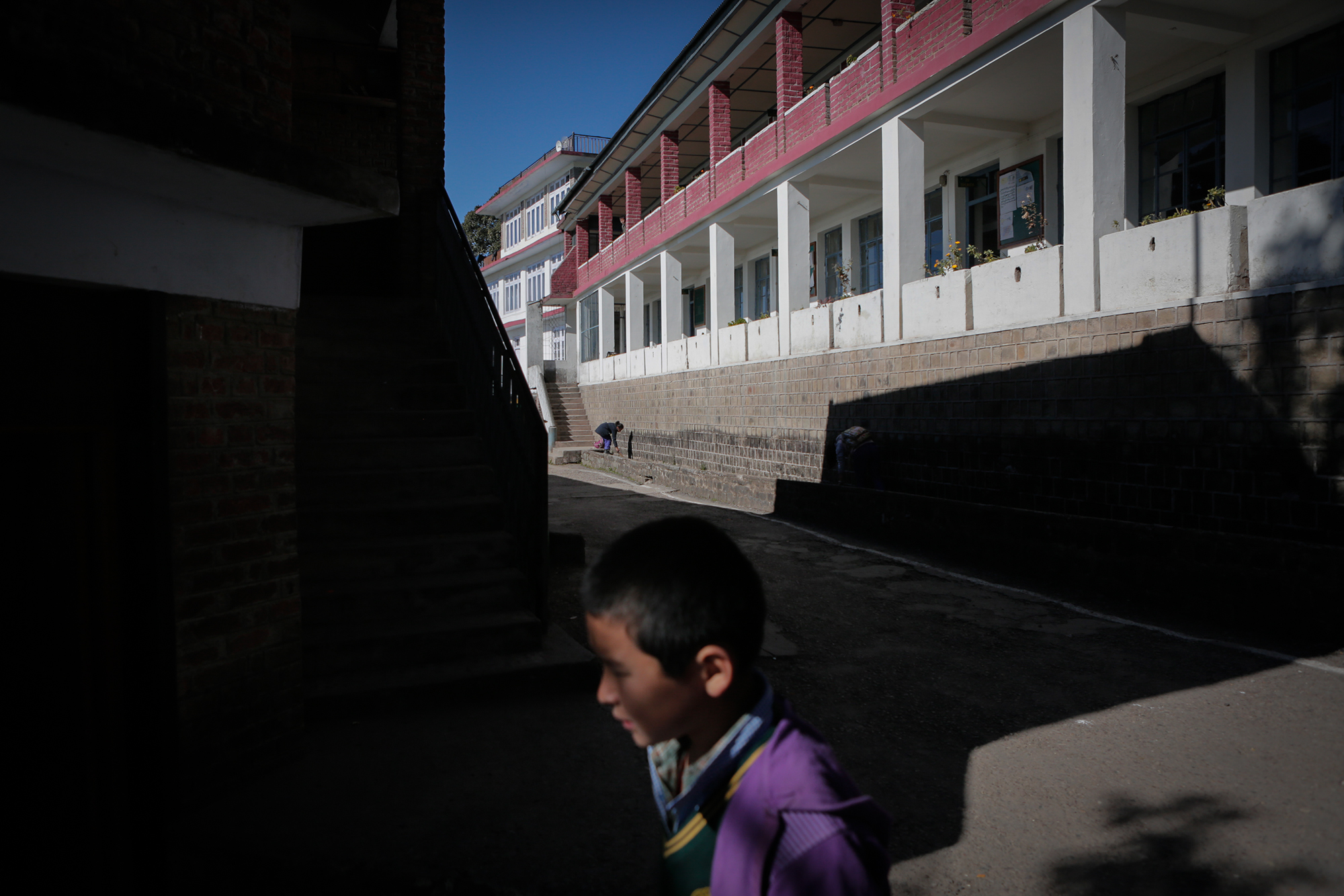
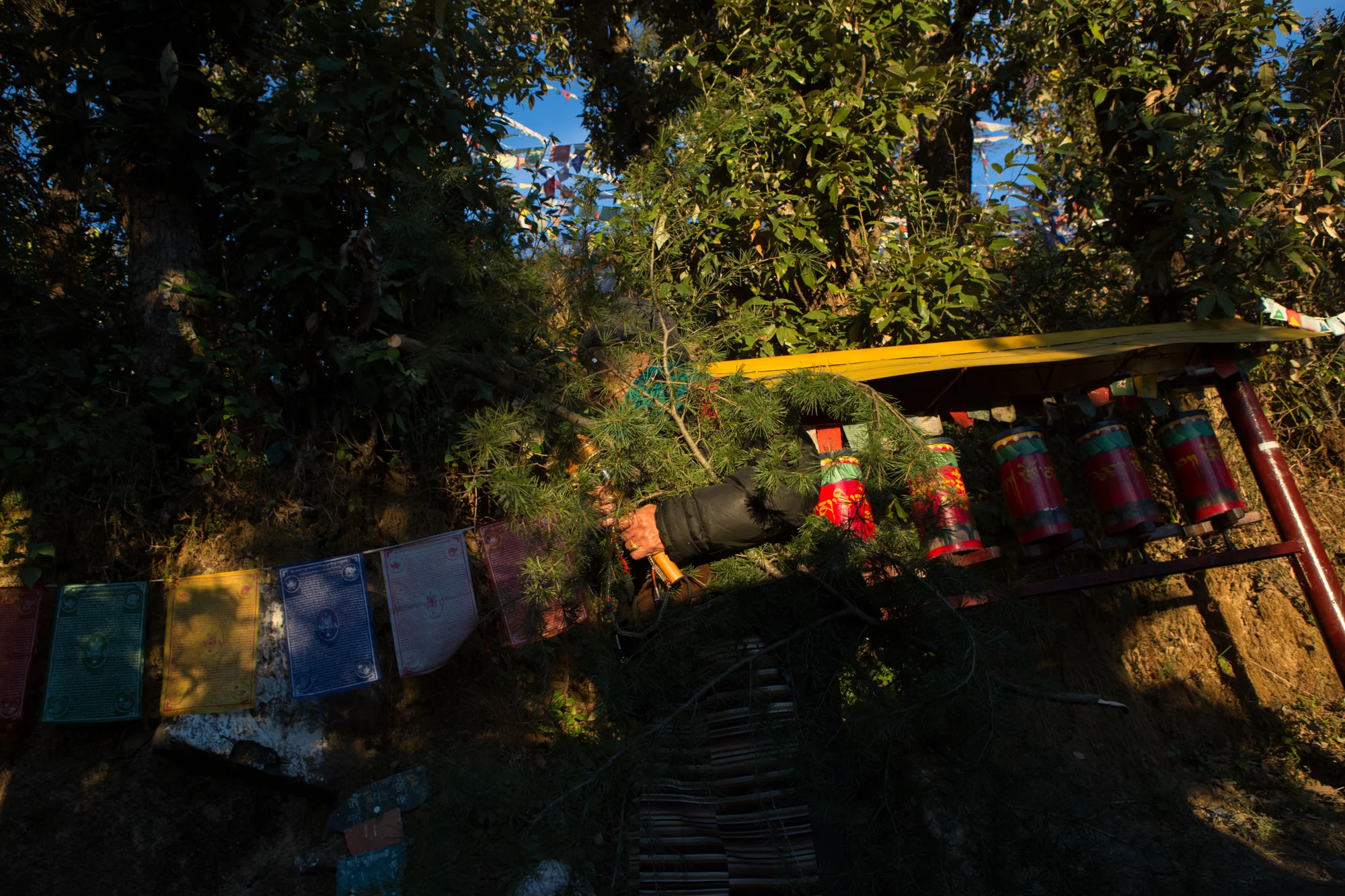
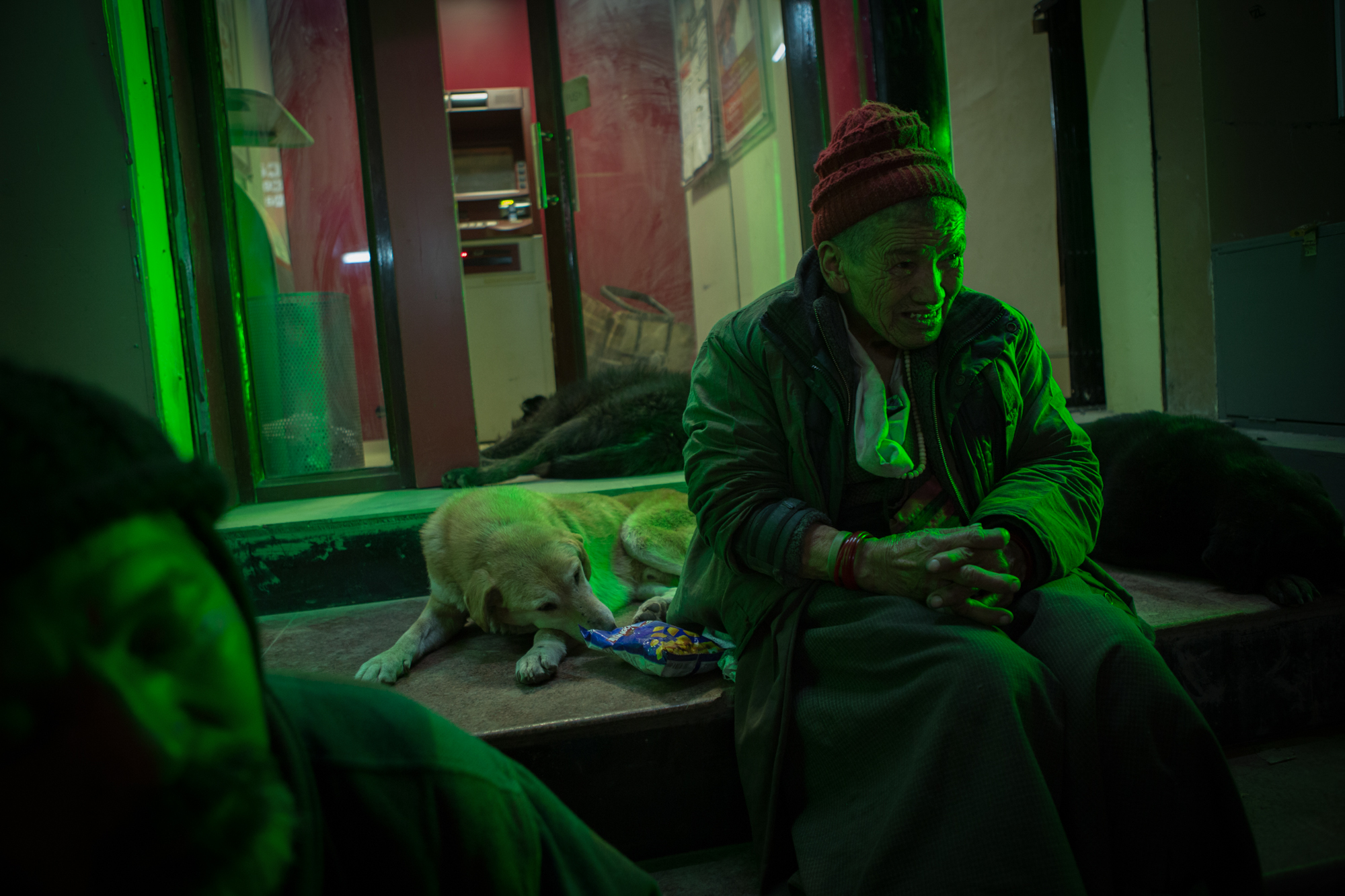
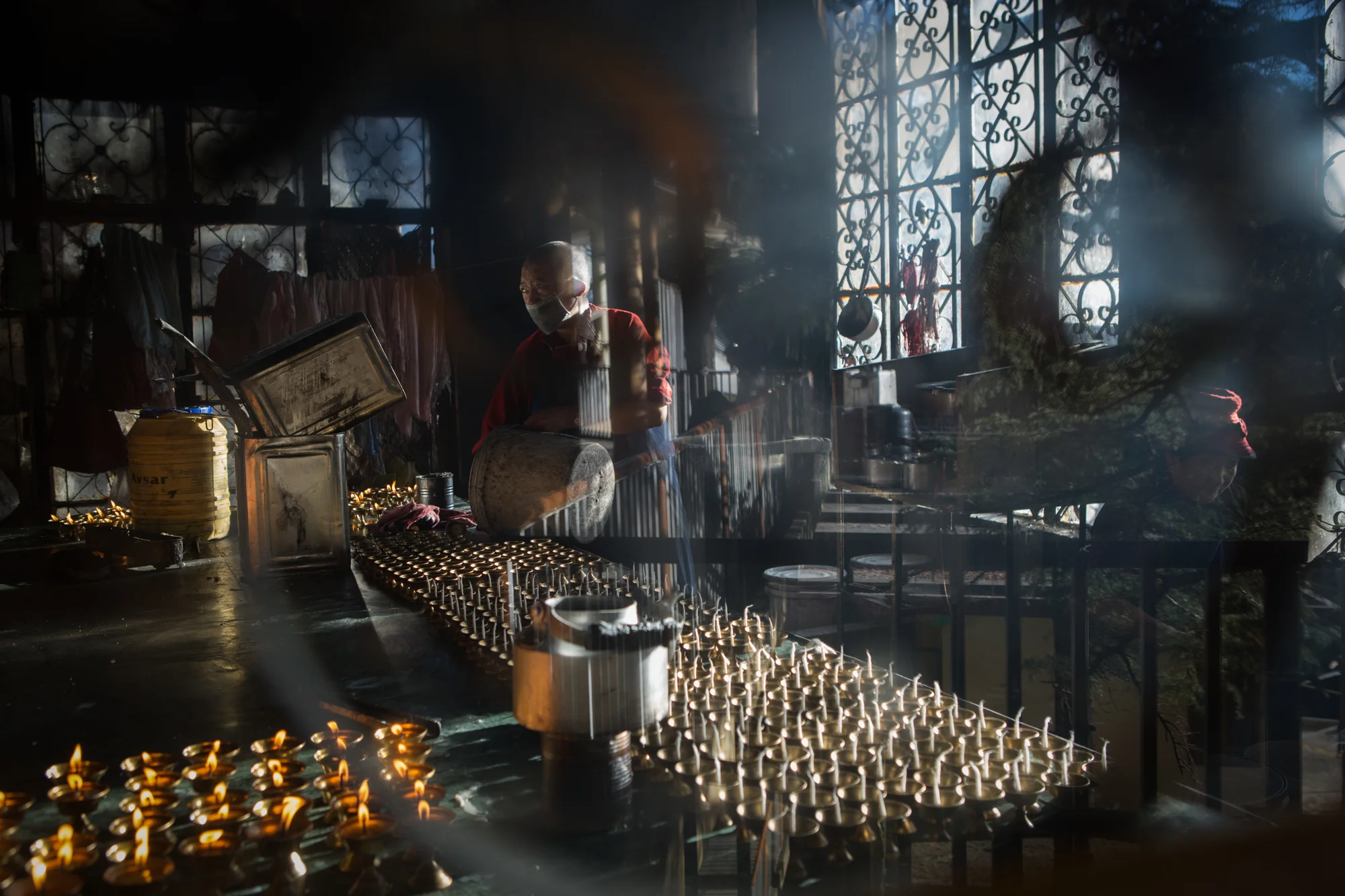

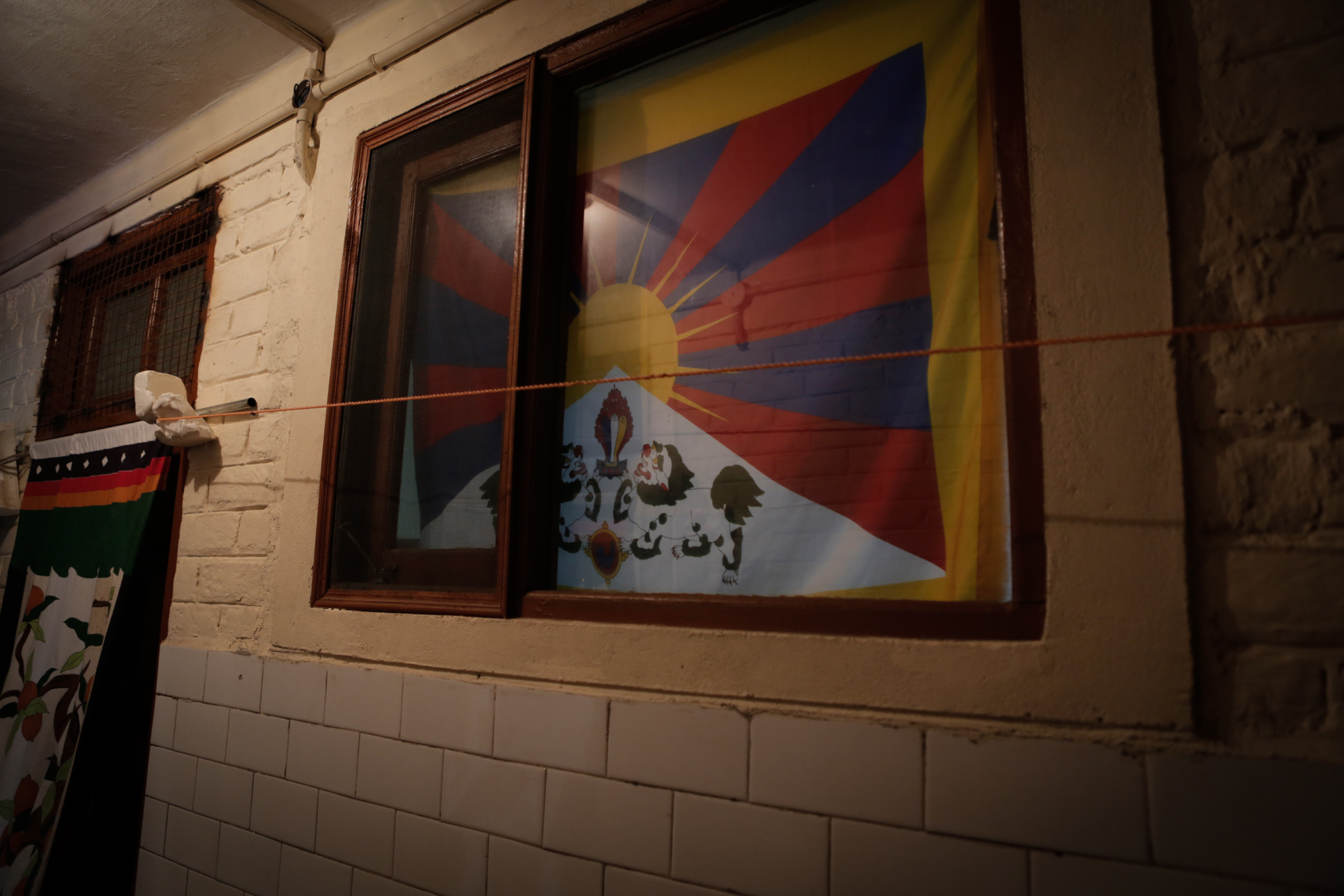
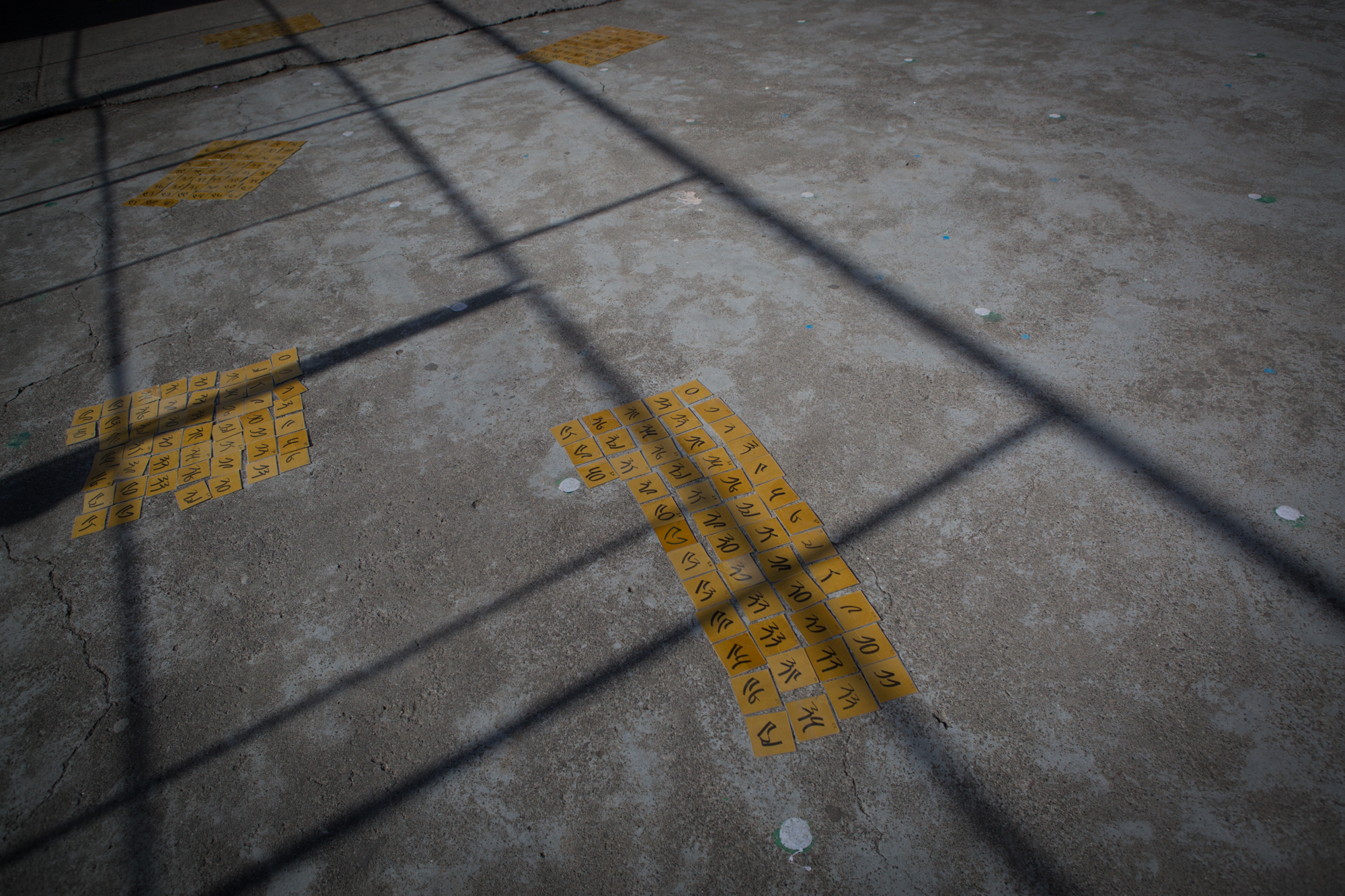
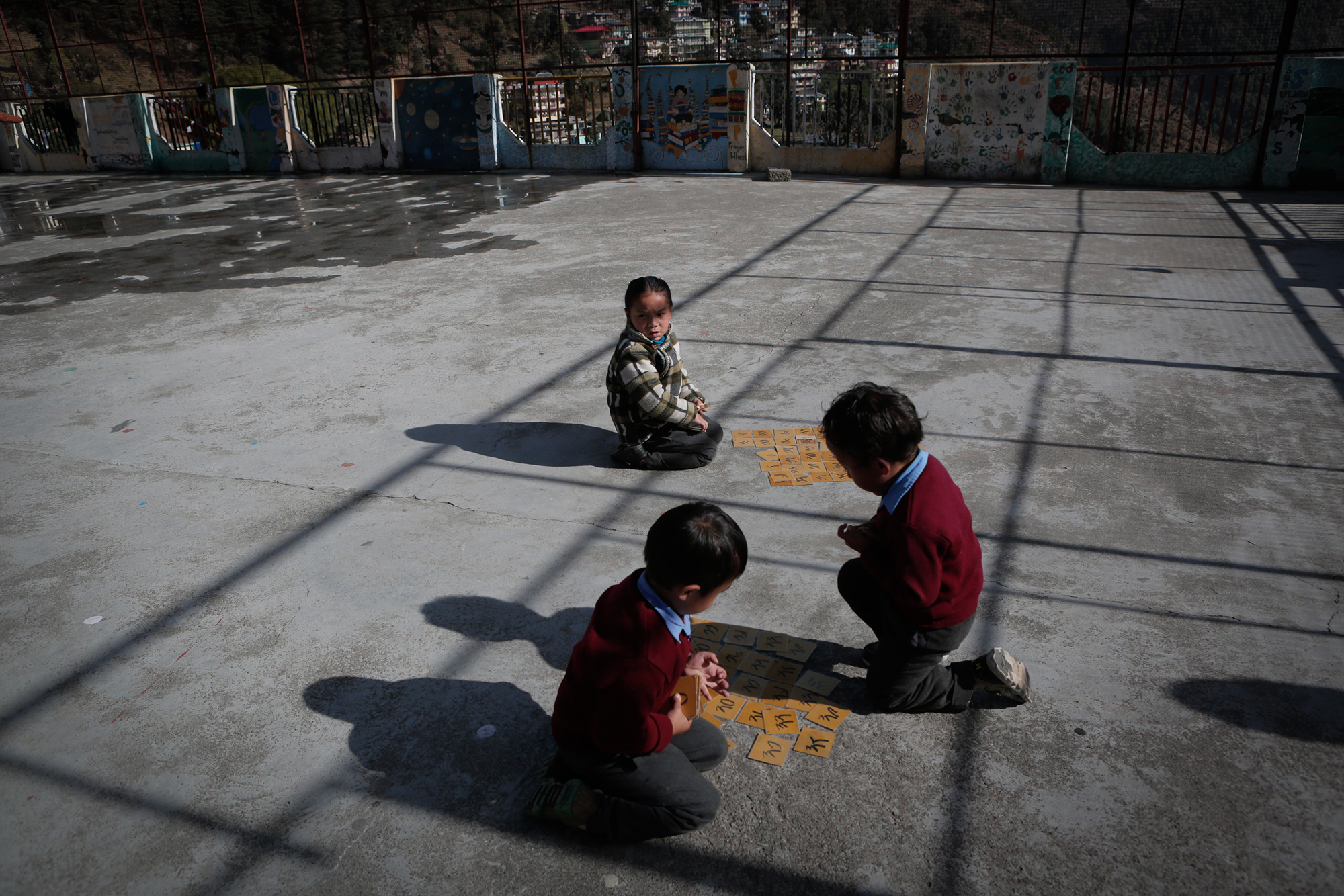
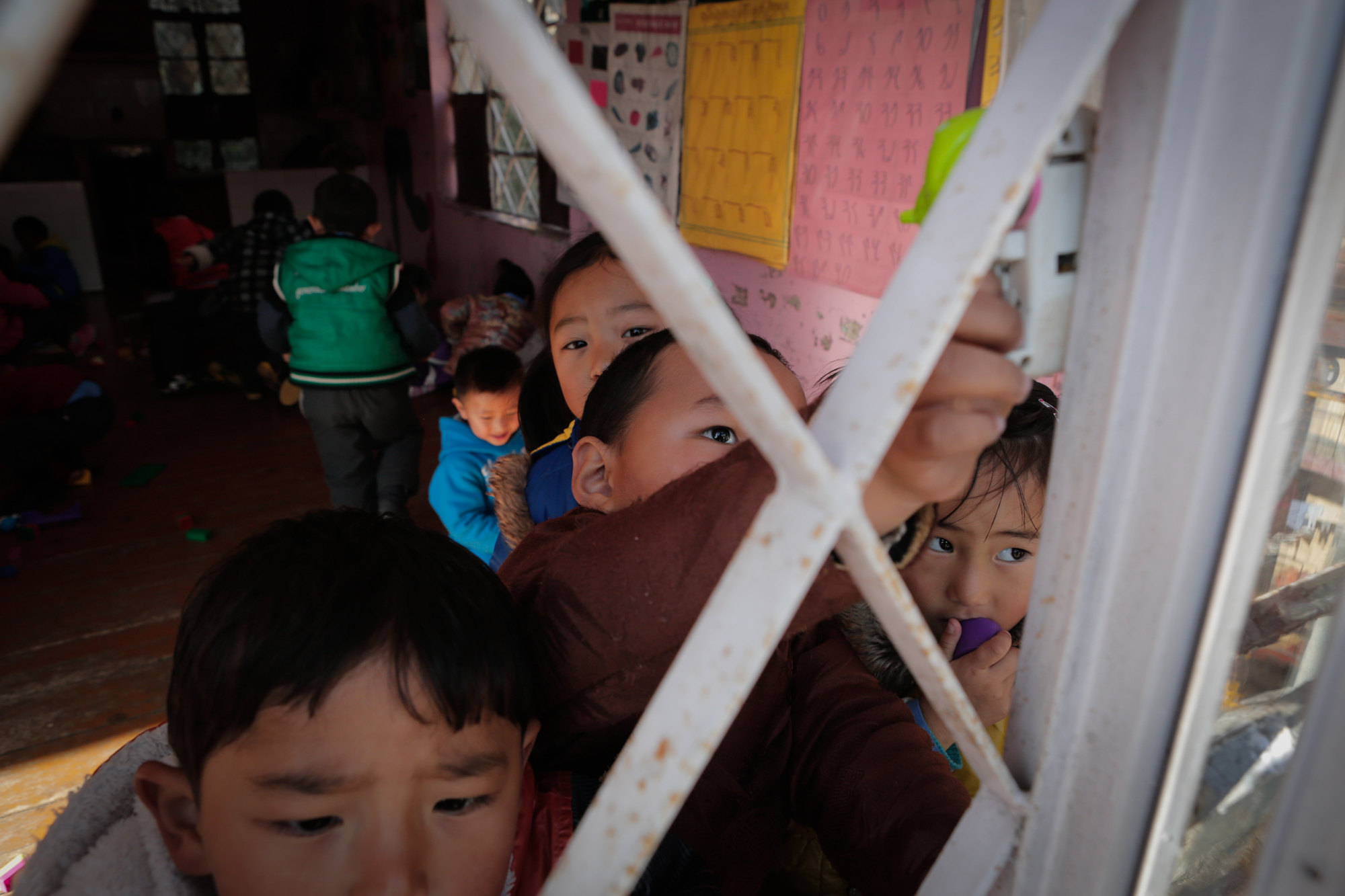
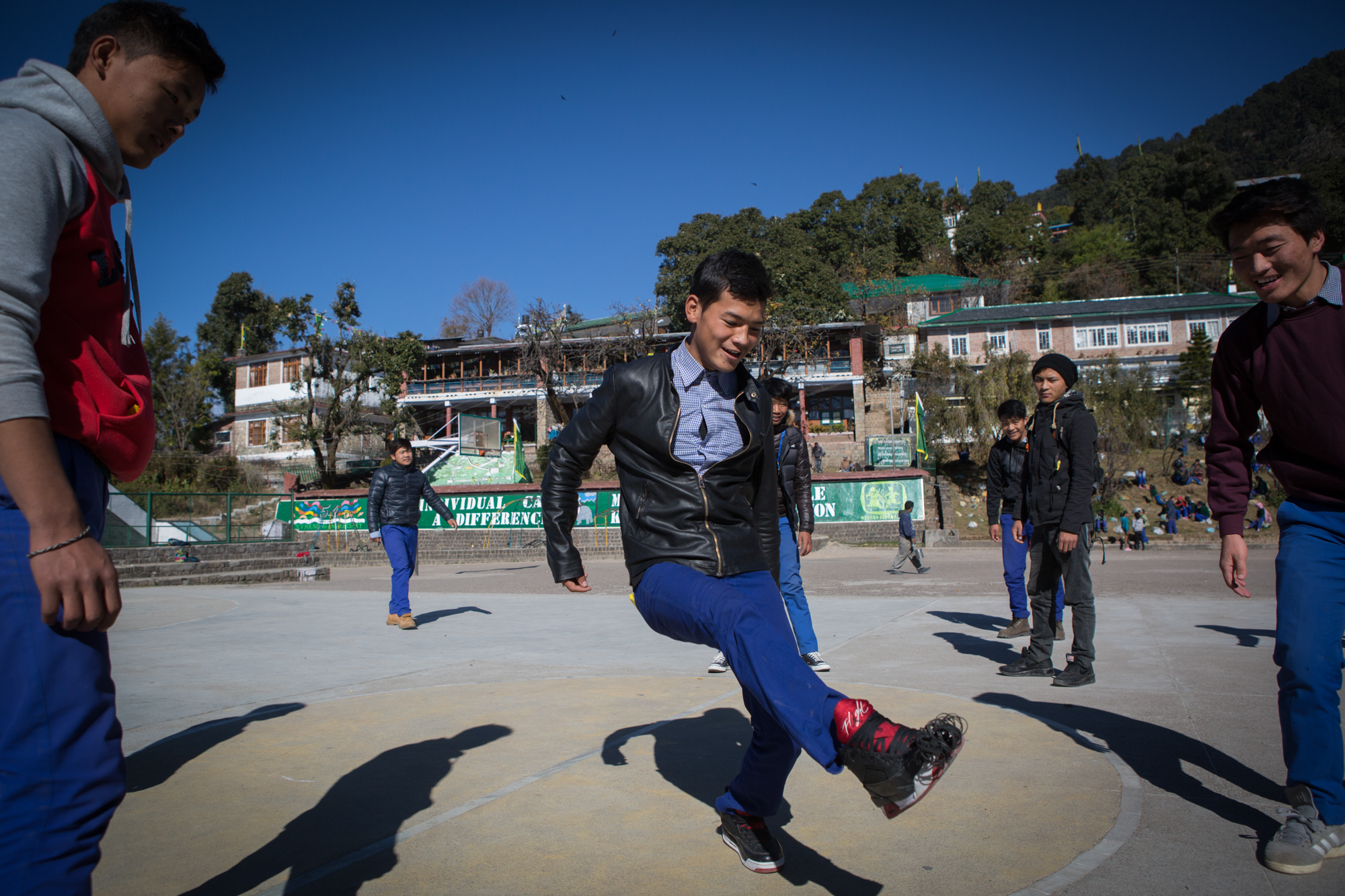
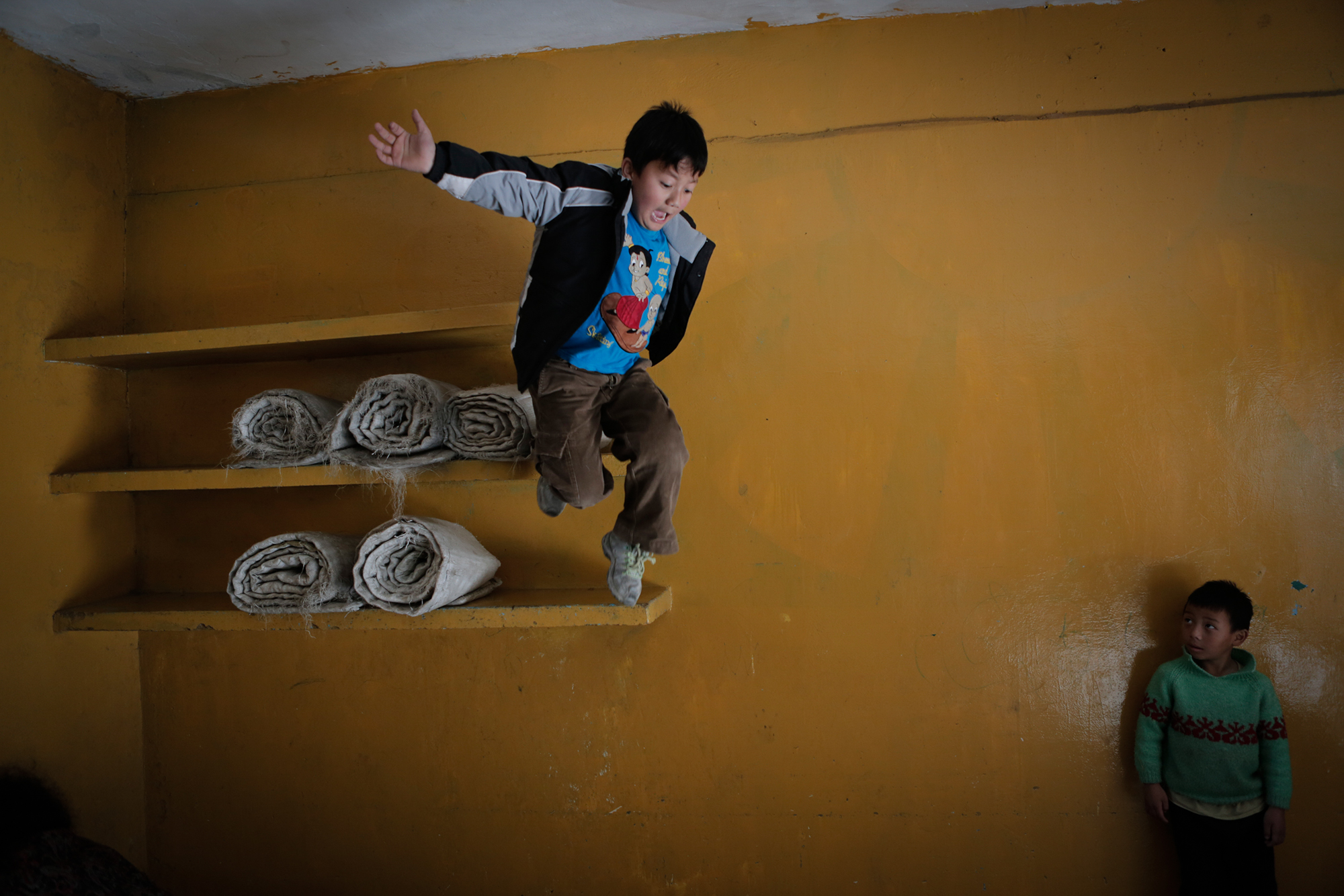
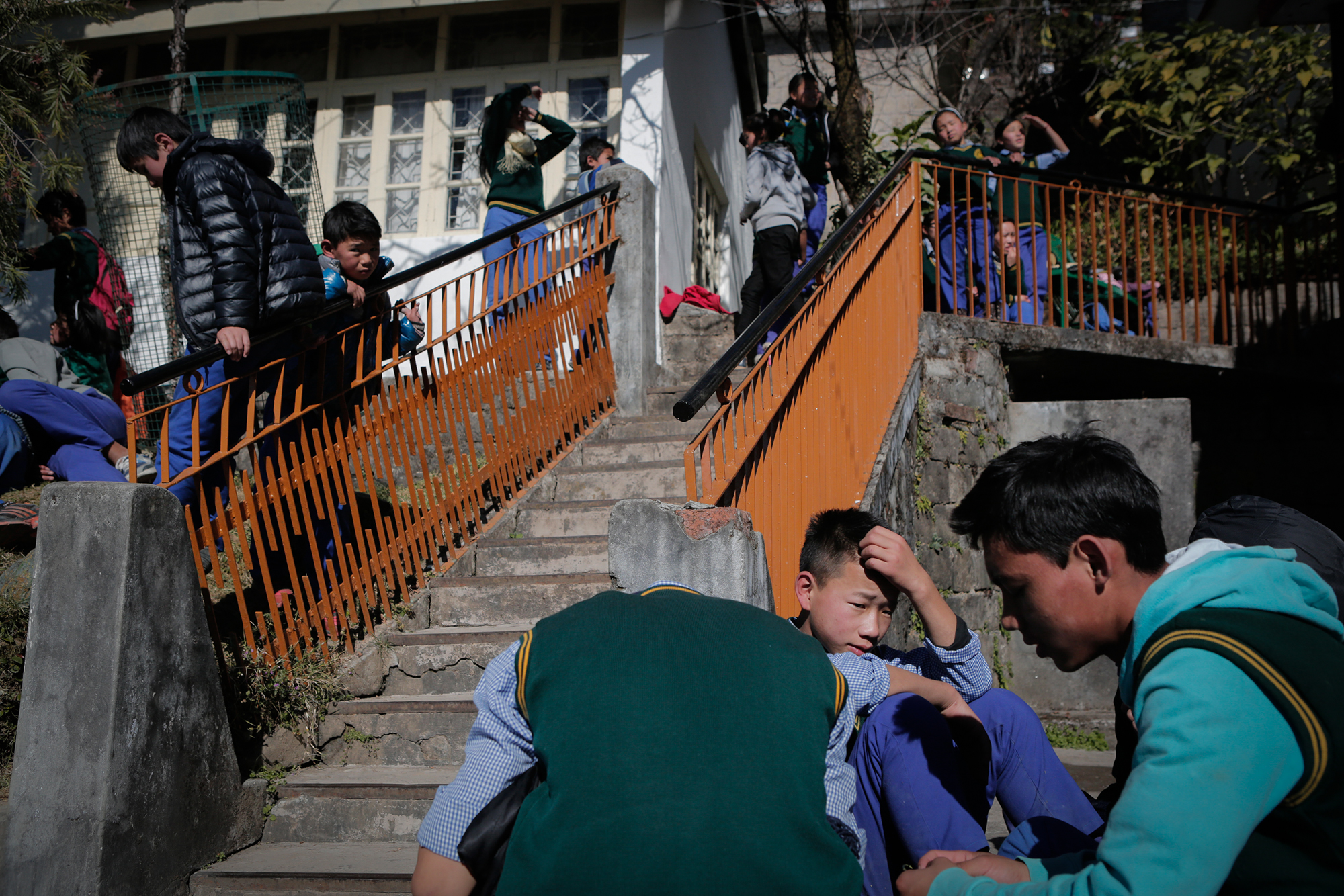
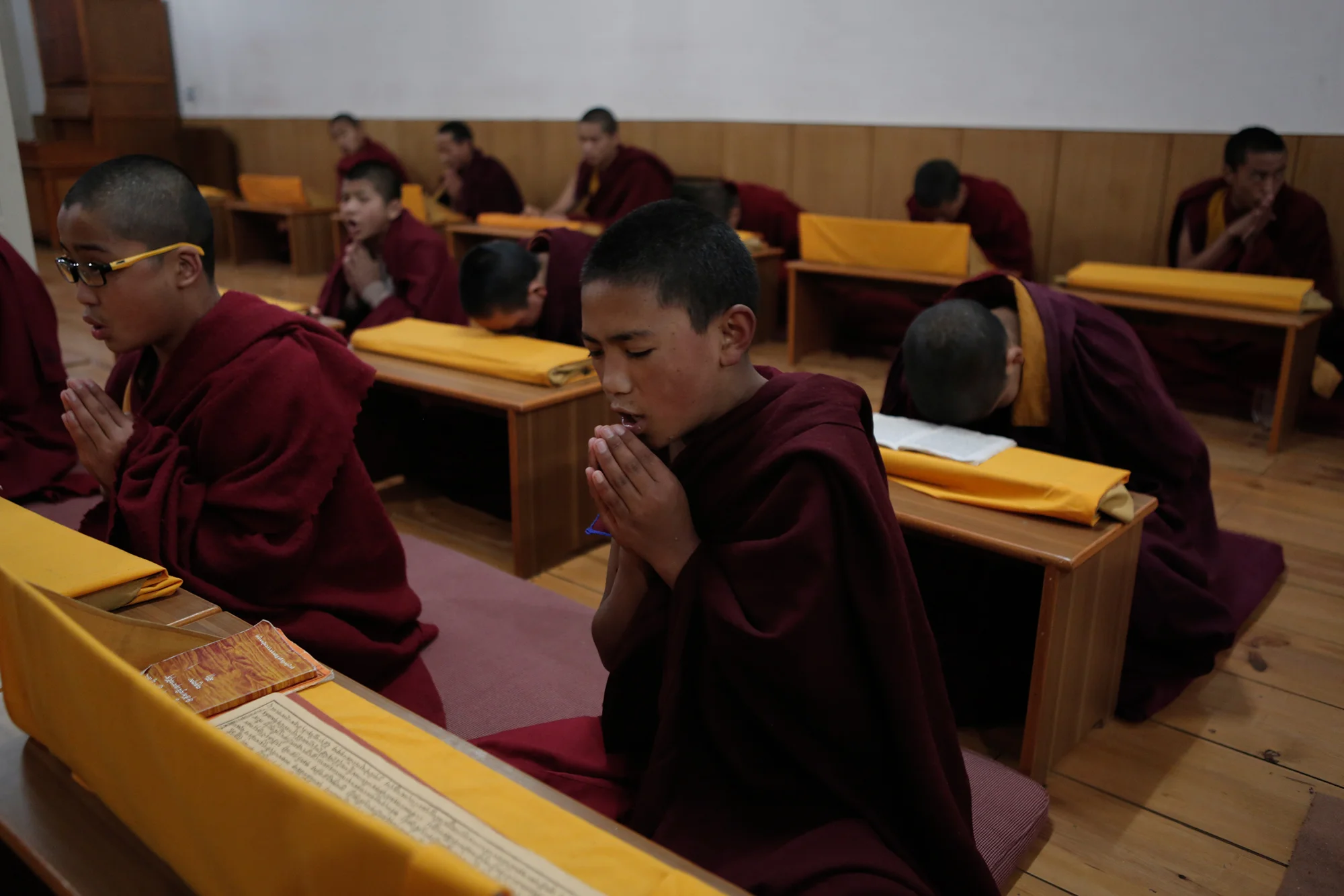
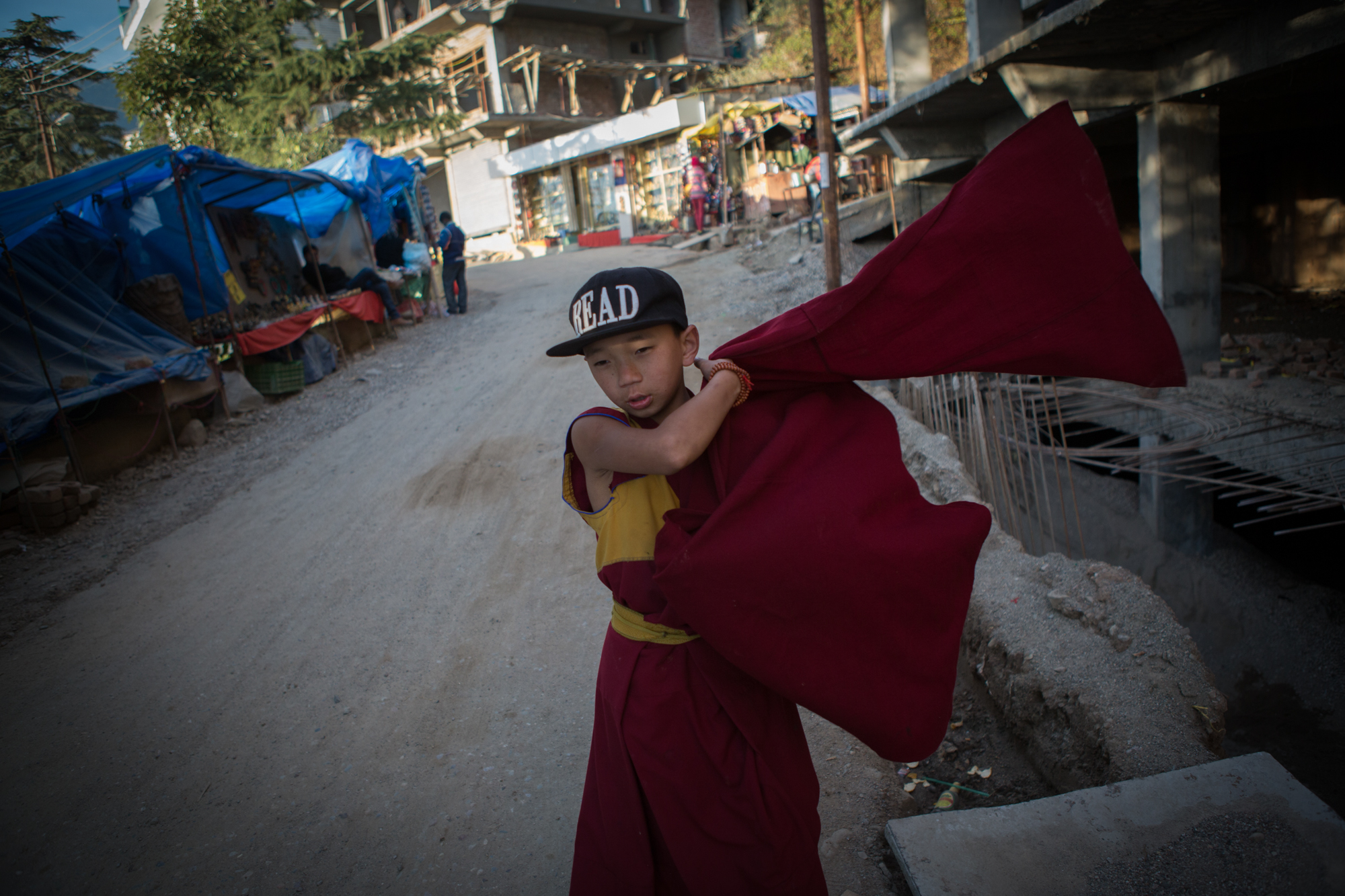
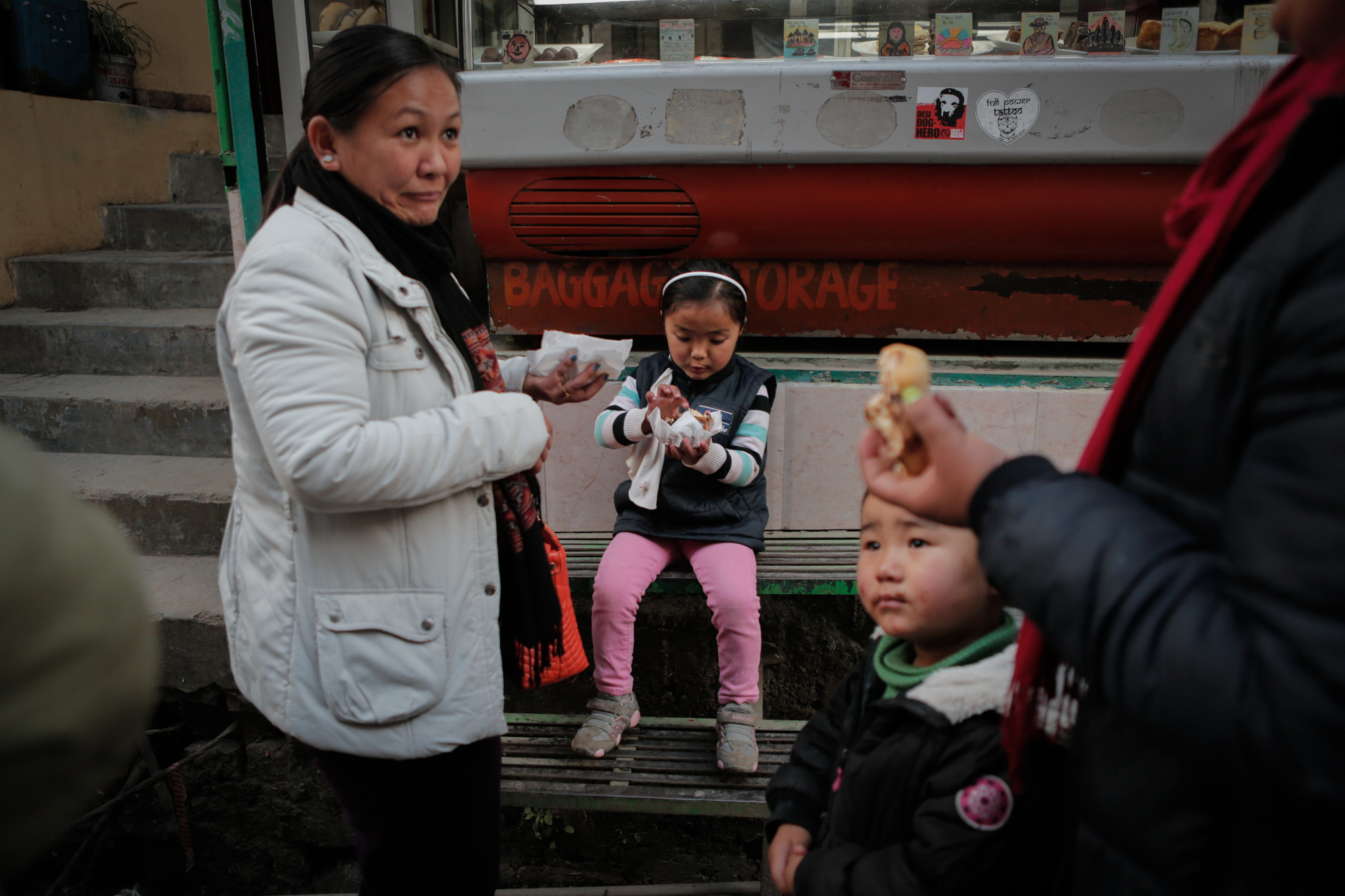
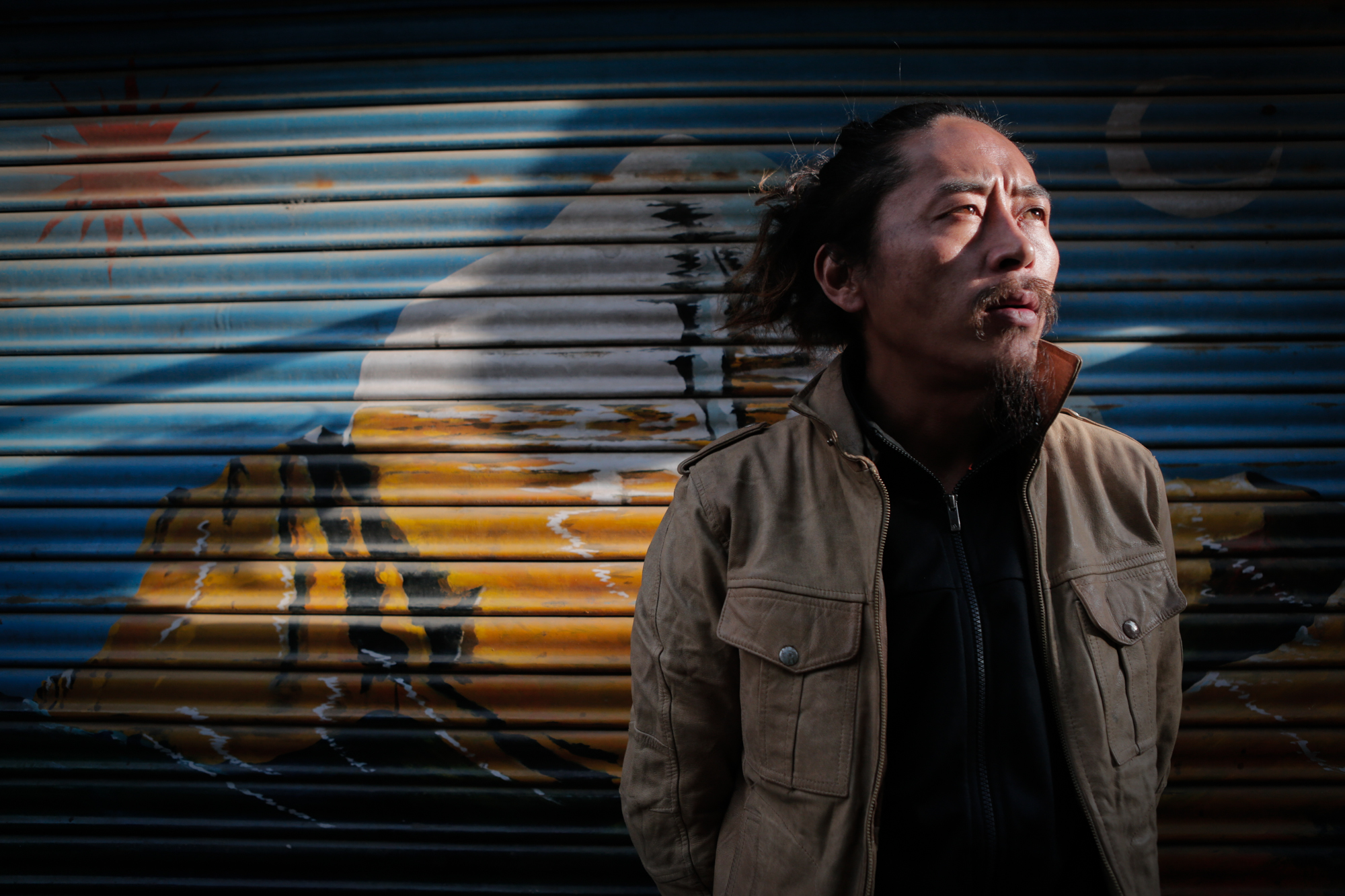
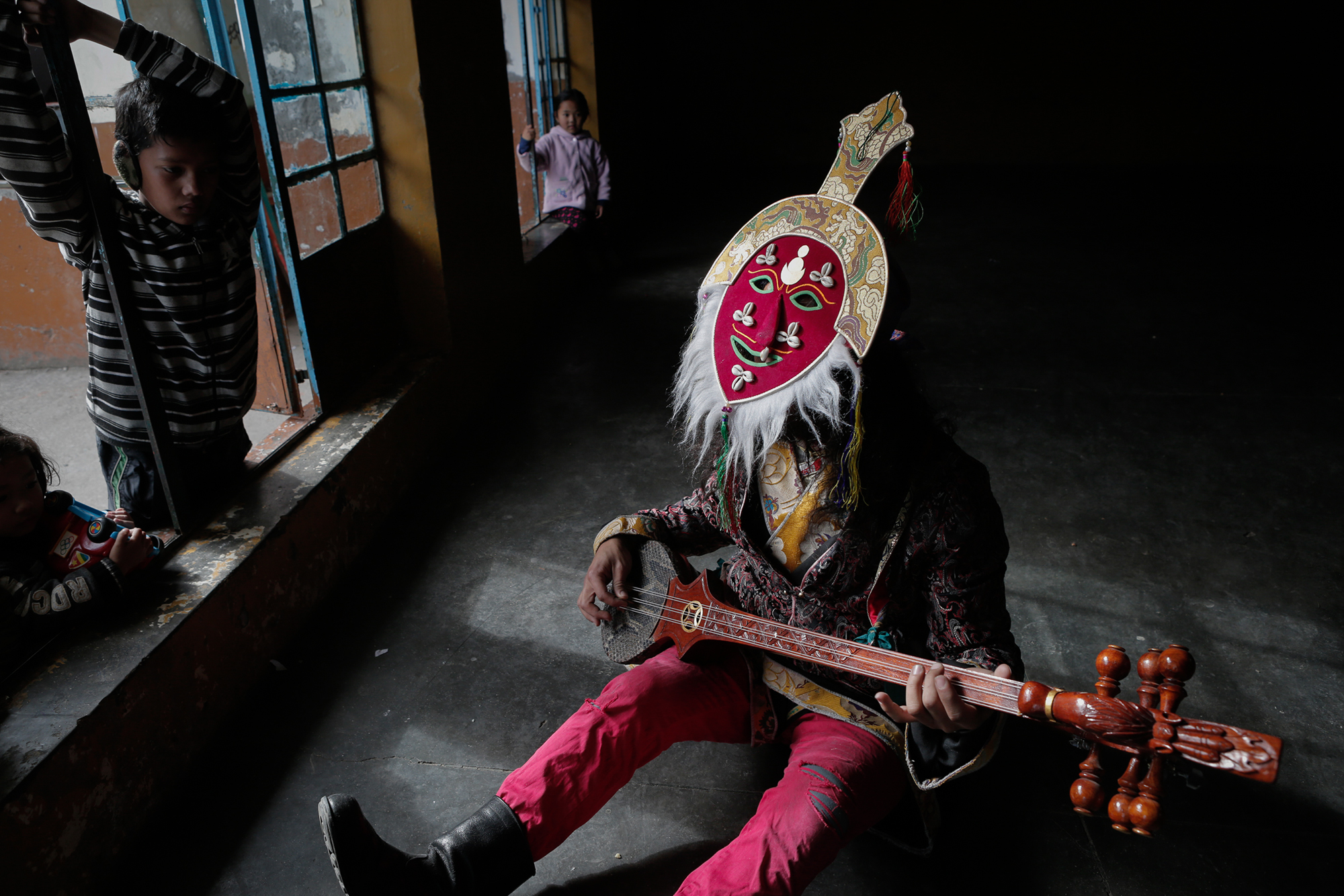
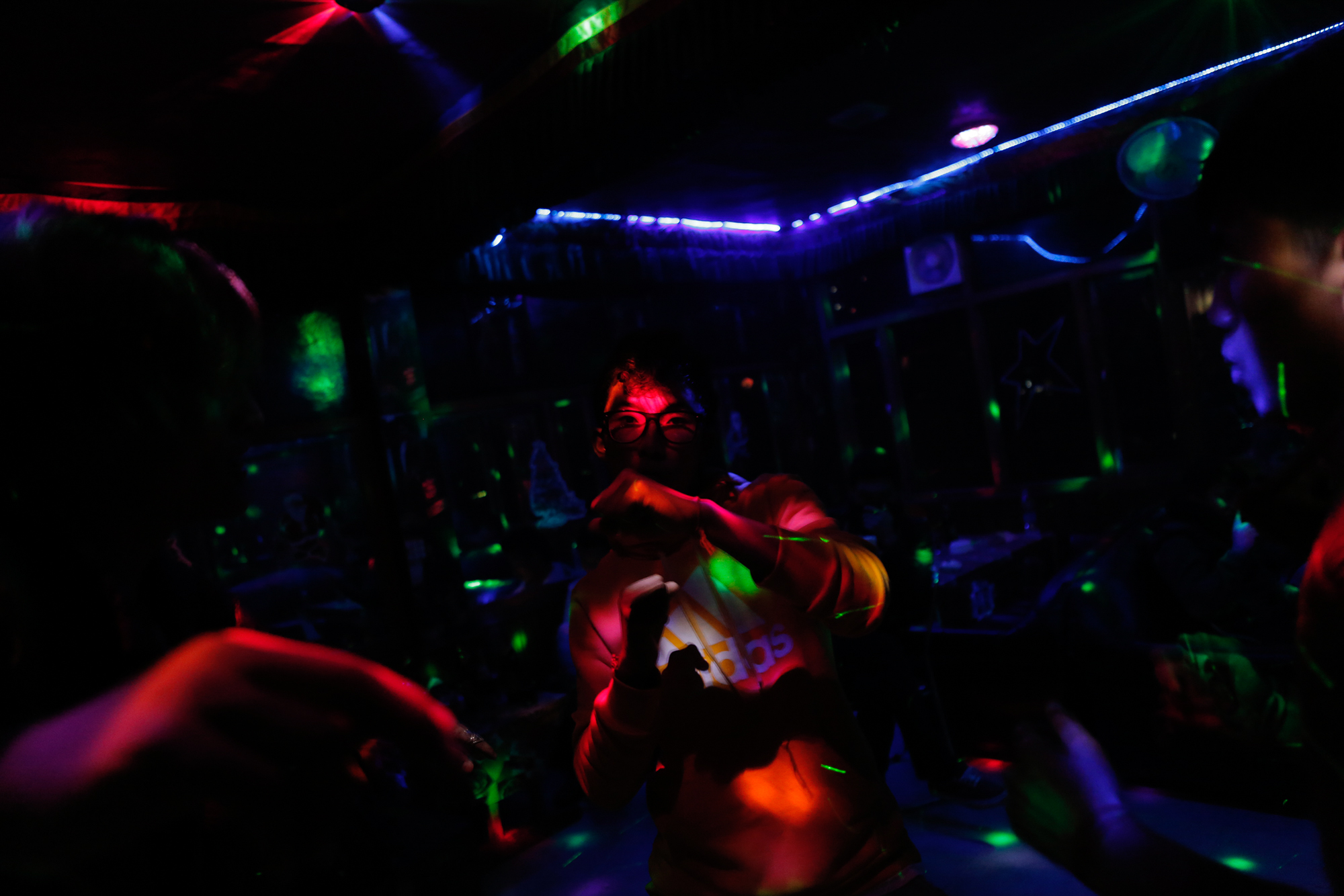
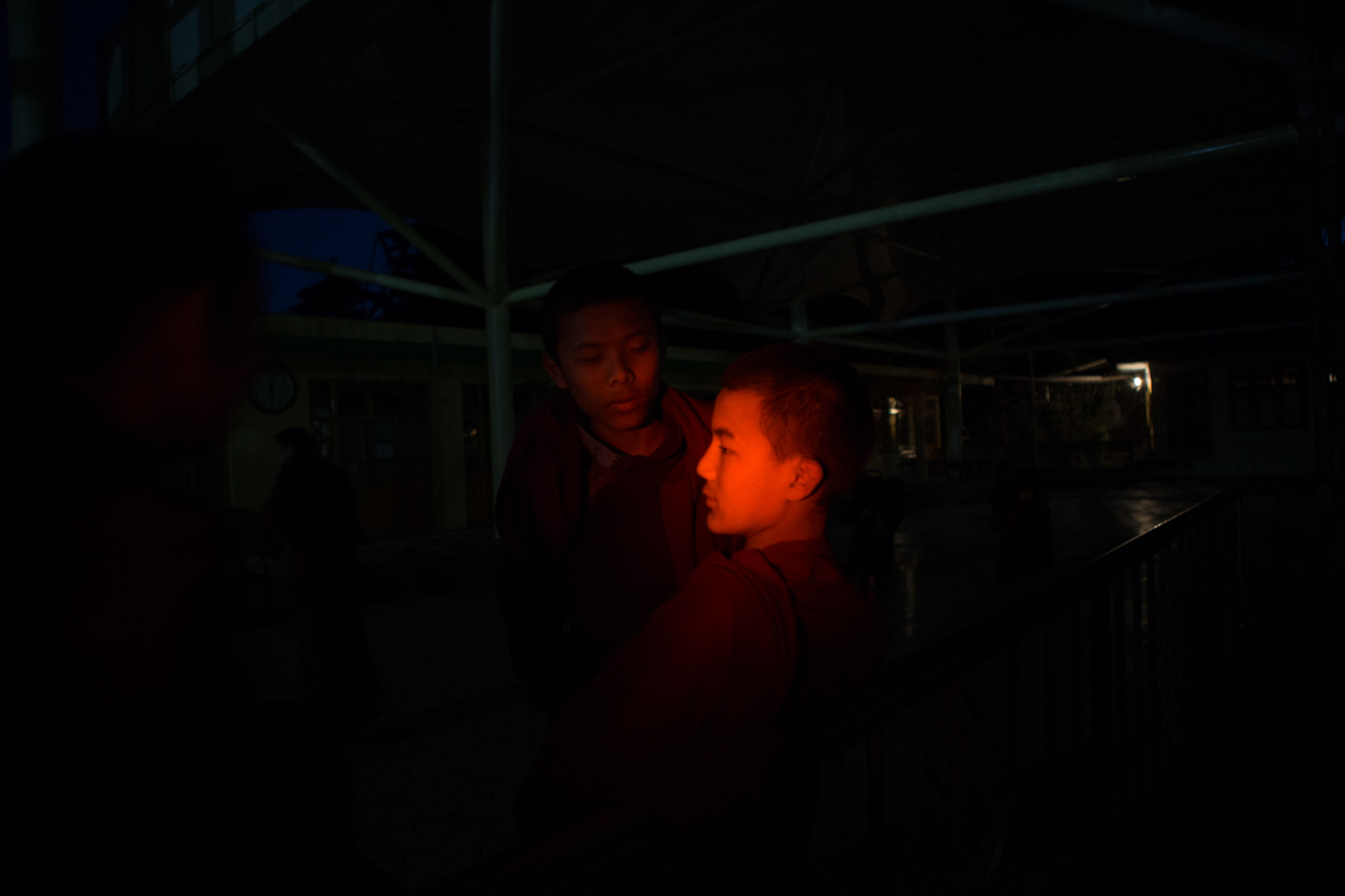
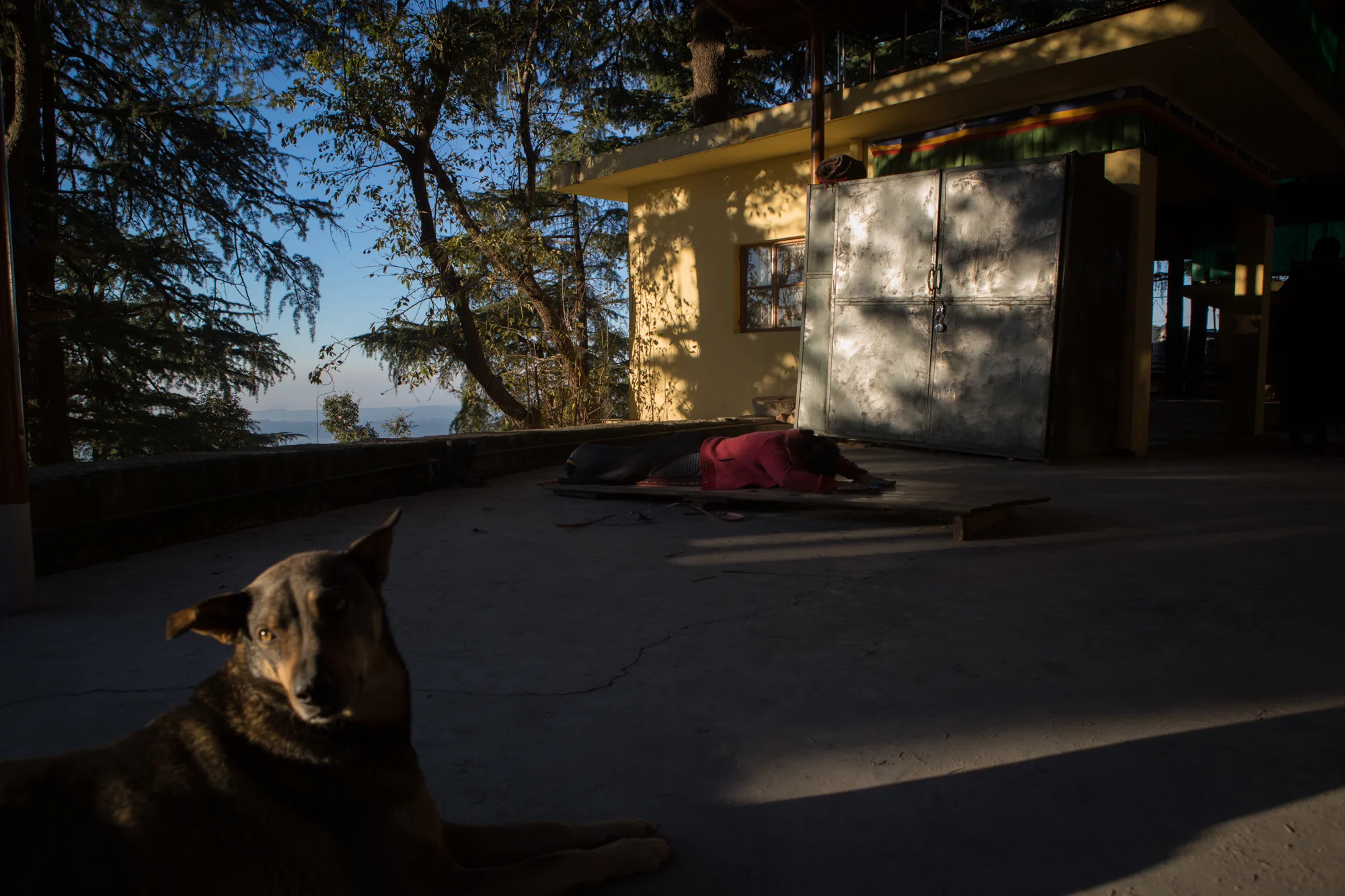
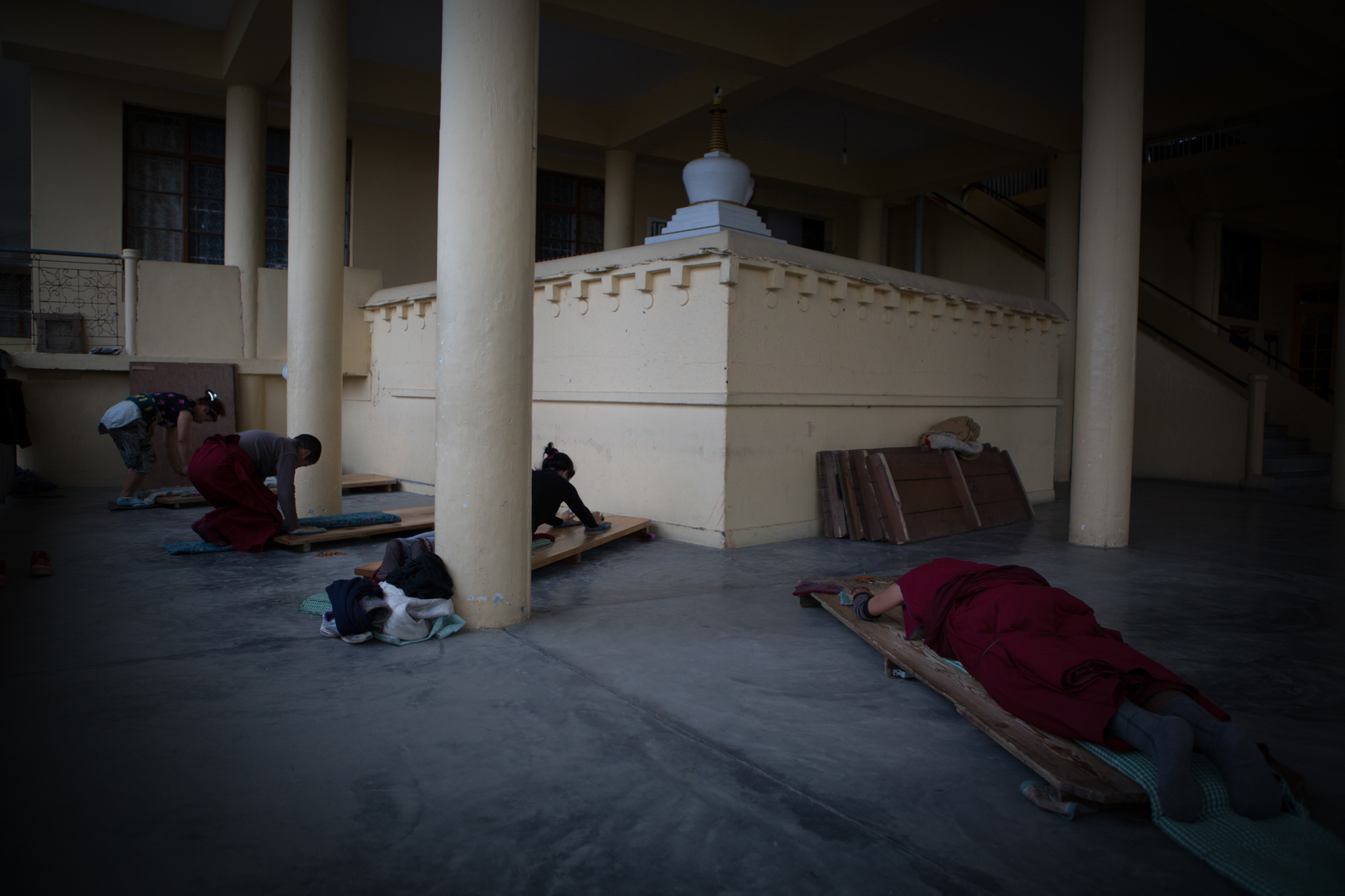
bloody reincarnation
Tibet - the roof of the world was once a peaceful sacred land, a learning centre and spiritual abode of Tibetan Buddhism. A simple yet complex system of religious heads called the Dalai Lama(s) lead its people both spiritually and politically. It was their dharma (duty) to lead Tibetans to Buddha-hood. Be it the Qing Dynasty, Kuomintang, from 1792 or more recently the Chinese Communist Party (CCP) have all tried, with limited success, to influence monks selecting the reincarnations of key lamas.
In 1995, the CCP demonstrated their willingness to become spiritual arbitrators by rejecting the religious elite’s chosen Eleventh Panchen Lama, the second most prominent monk in the Tibetan world, and plant their own candidate, the son of a Communist Party member. But dozens of reincarnations, tacitly tolerated by the CCP since the 1980s, occurred without state involvement.
Intervention is set to become far more common as the Chinese in 2007 passed a law—Order Number 5 of the State Administration of Religious Affairs, “Management Measures for Reincarnation of Tulkus [lama reincarnations] in Tibetan Buddhism.” Yes, communism now encompasses the spiritual world, too. The proclamation asserts the CCP’s right to oversee (via vetting of candidate applications by four layers of state bureaucracy) and, if needs be, direct the reincarnation of every Tibetan lama, including those in exile. Ostensibly, the law’s an attempt to control corrupt Buddhists for their own political agenda.
In order to protect his people, the 14th Dalai Lama, after much persuasion from his advisors fled to India in 1959 to establish a safe space and a government in exile. He continues to carry the burden of a “free Tibet” in banishment.
Commissioned : Brio Media